Click here for part one which posted last Monday
Welcome back to part two of my minor league comparisons. This piece will handle the bigger names in the Indians’ minor league system.
First off is last year’s number one pick, Beau Mills. He has only one completed year in the minors so it was a bit tricky to find a solid comparison, but one player that stuck out was Xavier Nady. Nady was actually a year older than Mills was at high A, but Mills had the advantage of a partial year of minor league experience beforehand.
Player Hits 2B HR BB K AVG OBP SLG OPS
Mills 141 34 21 54 105 .293 .373 .506 .879
Nady 158 38 26 62 109 .302 .375 .527 .902
Looking at the stats, they are perhaps the most similar players I came across. Nady played in 12 more games and has close to 50 more at bats than Mills, so there’s a good chance Mills would have passed Nady in most cumulative stats if he had had more at bats. Nady has turned into a solid player but really seems about the right comparison for Mills: good but not great power, solid hitter, more of a 5 or 6 hitter. The hope for Indians’ fans is that Mills won’t take as long to click in the majors as it took Nady, who took five seasons to become a regular starter in the league.
Next up will be a comparison of two defensively-challenged 3B: Wes Hodges and Edwin Encarnacion (I’ll refer to him as Edwin). For this comparison I also added in errors and range factor. I should point out that in the comparisons Hodges is actually two years older, but Edwin had the advantage of three minor league seasons beforehand.
Player Hits 2B HR BB K AVG OBP SLG OPS E RF
Hodges 113 22 15 44 90 288 .367 .473 .840 19 2.31
Edwin 138 28 11 46 76 .294 .357 .433 .790 38 2.56
Now, to be fair, Hodges had 70 less at bats and 21 less games, which means he probably would have passed Edwin in every category including K’s and really shot up in errors. As much as Indians fans talk about Hodges’ errors going up, they really didn’t increase this year; he just played in 30 more games. Edwin is also a defensive liability, but by all standards he was actually a better defender than Hodges was at 3B at the same level. Hodges shows better pop but also looks like a potentially 120-strike-out-a-year type, which puts him right around Peralta and Sizemore’s K rate. I want to first look at the next season before going too deep into the data:
Player Hits 2B HR BB K AVG OBP SLG OPS E RF
Hodges 146 29 18 52 105 .290 .354 .466 .820 28 1.98
Edwin 132 35 13 53 79 .281 .354 .443 .797 25 2.46
As much as everyone talks about Hodges’ breakout year, he really balanced out in the second half and overall actually had a lesser year. Yes, he had more HR, hits, etc, but his OBP and SLG were both down and his defense took a major hit. Last year the major league average range factor was 2.23, which Hodges was way below. Comparing the two, we see Hodges as a below average third baseman with a 20-25 HR potential who will strike out a large rate. In this respect, Hodges is in fact very similar in projection to Mills, which is why the Indians should move one of them now, while their value is currently at its highest, to help net the Tribe some help for next season.
Next up will be a comparison of two lefty pitchers both currently with the Tribe: Cliff Lee versus David Huff. This year Huff stormed to the forefront of Indians prospects, mostly thanks to his first complete season in the minors. In the previous two years Huff had compiled a little under 79 innings total, and this year he ended up pitching twice that.
Players
Huff 11 146.1 48 143 2.51 0.96
Lee 12 146.0 59 153 3.64 1.12
Both players at this point are 23 and two years in the minors. Lee did have the advantage of more innings pitched thanks to better health. It is also worth pointing out that both players split the year between AA and AAA, though Lee’s year had a bit more travel as it was also the year he was acquired by the Indians. The stats are very similar which is positive: when one considers how little Huff has been able to pitch and adds that into the stats, Huff actually projects out as a better spec than Lee. I am not saying to expect a season like Lee had last year, as it was a historical year, but the numbers show that Huff is a legit number 2 pitcher in this league on a good team and a potential ace type on a bad team. The stat that really stands out is the microscopic WHIP, which shows he is a pitcher who won’t beat himself, which is exactly what made Lee so great this year and is also a part of what made CC so great. I expect Huff will start the year in AAA, but if there is an injury or someone struggling I would expect Huff to be the first player called up and that he will be there to stay.
Carlos Santana is the hottest name among Indians prospects because he not only had a dominant season last year, but he did it at a physically demanding position. The player he is most often compared to is Russell Martin, who is another extremely athletic catcher who was converted from 3B.
Player Hits 2B HR BB K AVG OBP SLG OPS
Santana 65 20 7 36 40 .223 .318 .370 .688
Martin 104 24 17 72 54 .250 .361 .421 .782
In this example both players are in high A and both 21 years of age. Martin’s numbers are much higher, but he did have the advantage of playing 36 more games then Santana. This was also Santana’s first year behind the plate, which many argue to be the main reason for his lackluster year. Even if Santana had managed to play great during that time he still would have had the inferior year in comparison with Martin. This year is shown mostly for set up for the next year.
Player Hits 2B HR BB K AVG OBP SLG OPS
Santana 113 34 14 69 59 .323 .431 .563 .994
Martin 127 17 9 61 78 .311 .430 .423 .853
What a difference a year makes. It’s worth noting that Martin played in 30 more games and had 50 more at bats then Santana, though Santana had the advantage of repeating high A and Martin was in AA. Nonetheless, the power jump for Santana in doubles is encouraging because doubles power seems to be the best indicator for home run power for young hitters. The two hitters had a near identical OBP, but Santana seems to have a much greater power potential though he does lack the steals that Martin has been able to generate behind the plate. Still, it’s fair to see why this year the internal comparisons began between Santana and Martin. As an Indians fan it is also refreshing to see a prospect whose strike out rate is not up over 100 as it is with most of their hitters. I expect Santana to start in AA, and if and when he rakes I expect him to make it up to AAA at some point this year and the majors by 2010.
For the final comparison there is a pair of injury prone pitchers: Adam Miller versus Rich Harden – both ace type pitchers when they are able to stay healthy.
Players
Miller 10 134.0 44 152 2.96 1.10
Harden 12 153.0 50 187 2.94 1.25
These stats are from both players’ second years, although Hardin was 19 and Miller 18. Harden also had about twice the number of innings the year before so he split his time between high A and AA, whereas Miller split his time between low A and high A. While Harden has the better K rate, the impressive stat to me is the WHIP. Miller already had excellent control at this point and was walking about half as many players as Harden. At this point they both look like potential aces on the fast track, but sadly for the Indians, Miller’s injury issue arose the next year and slowed him down.
Players
Miller 15 159.0 50 161 2.83 1.18
Harden 11 102.0 31 108 2.74 1.05
In this comparison both players are 21 years old and split time between AA and AAA. Both players have excellent WHIP’s and project out to be 200+ strike-out-a-year pitchers. They both look like dominant pitchers who are ready to take the step forward to the majors and soon after that to all-star pitchers. Miller, however, has not managed to reach 100 innings combined over the last two years. This last season for Harden was the first in 3 years that he was able to pitch more than 50 innings. He actually had more than twice as many innings this year than he had the previous two years combined. With any luck, Miller will continue to mimic Harden and play a full season this year, reestablish himself as one of the best pitchers in the minors, and earn a trip to
If the Indians are lucky all of their prospects will turn into useful major leaguers, but for now the best we can do is project and compare these players and hope that when the time comes to make a trade the right players are kept.









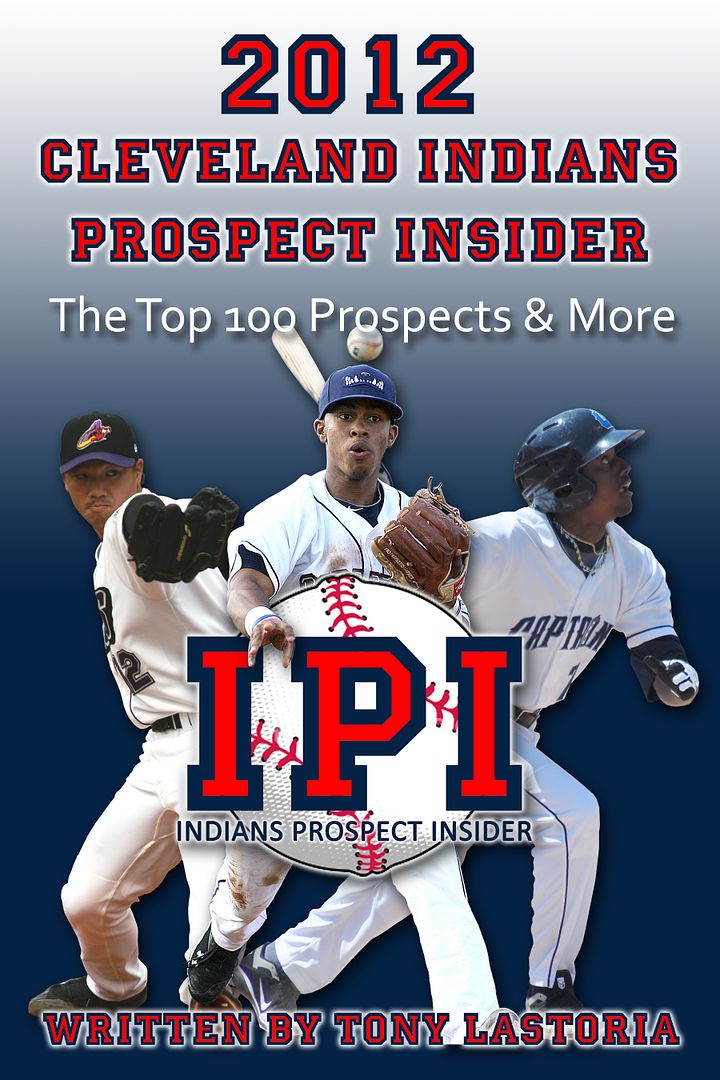
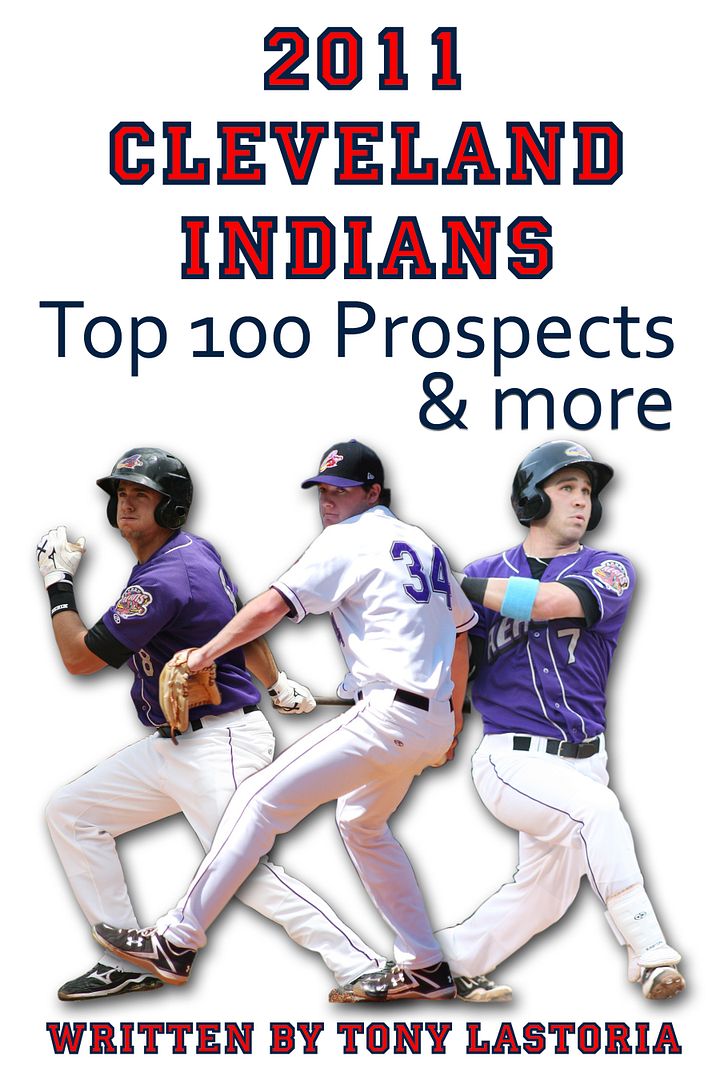
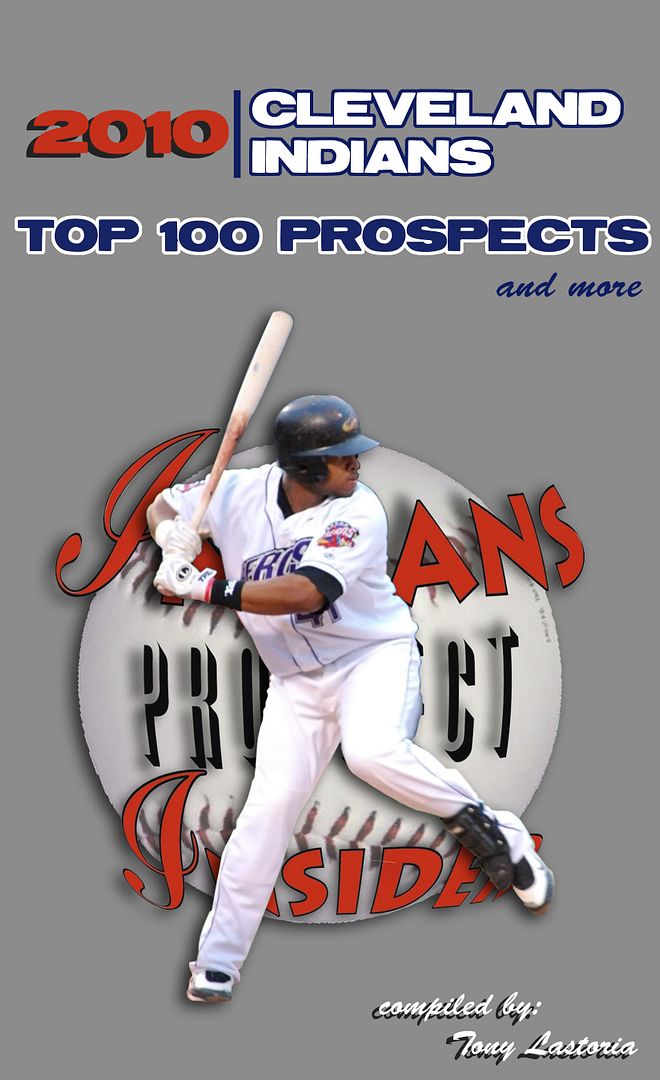
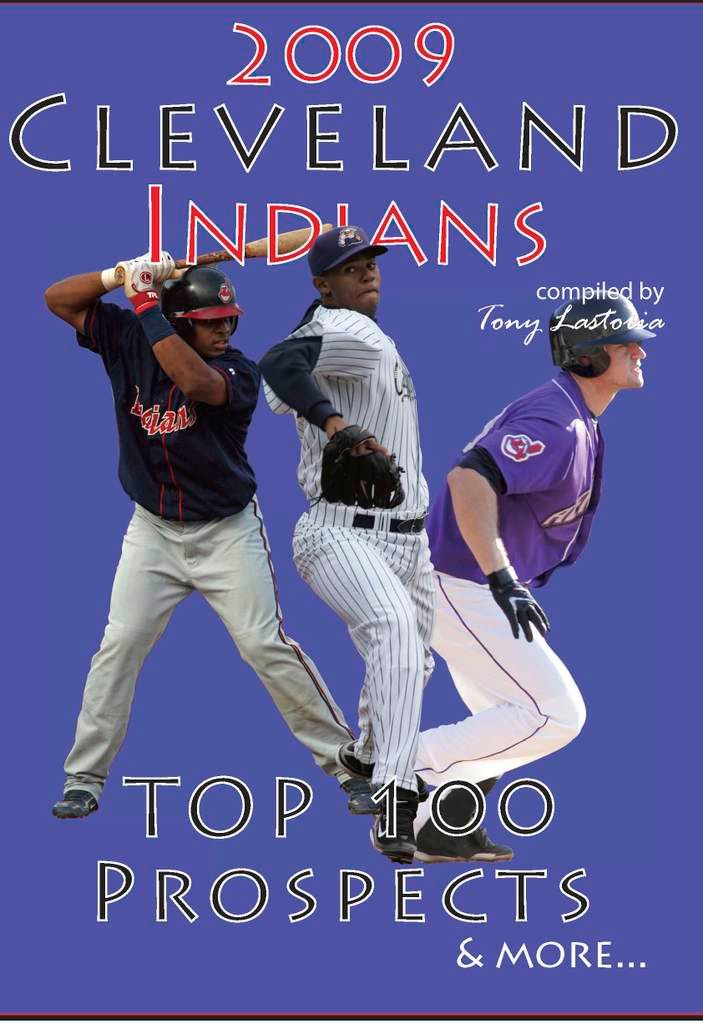
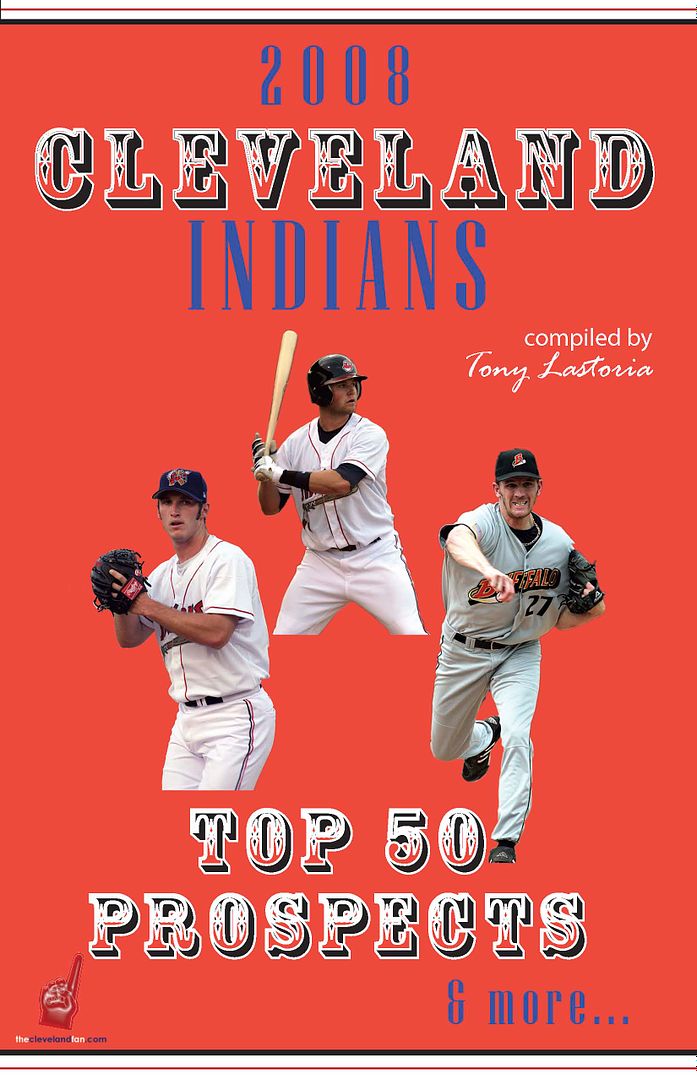
 Everything on this site is free, but for those interested in making any monetary contributions to help support the stability and growth of this site please click on the "Donate" button below.
Everything on this site is free, but for those interested in making any monetary contributions to help support the stability and growth of this site please click on the "Donate" button below.


3 comments:
I like your blogs, looking forward to your future updates.
thanks Its great to have anyone read and enjoy what I write, the positive comments are appreciated
I like the Mills comparison to Nady, gives a good visual.
Post a Comment